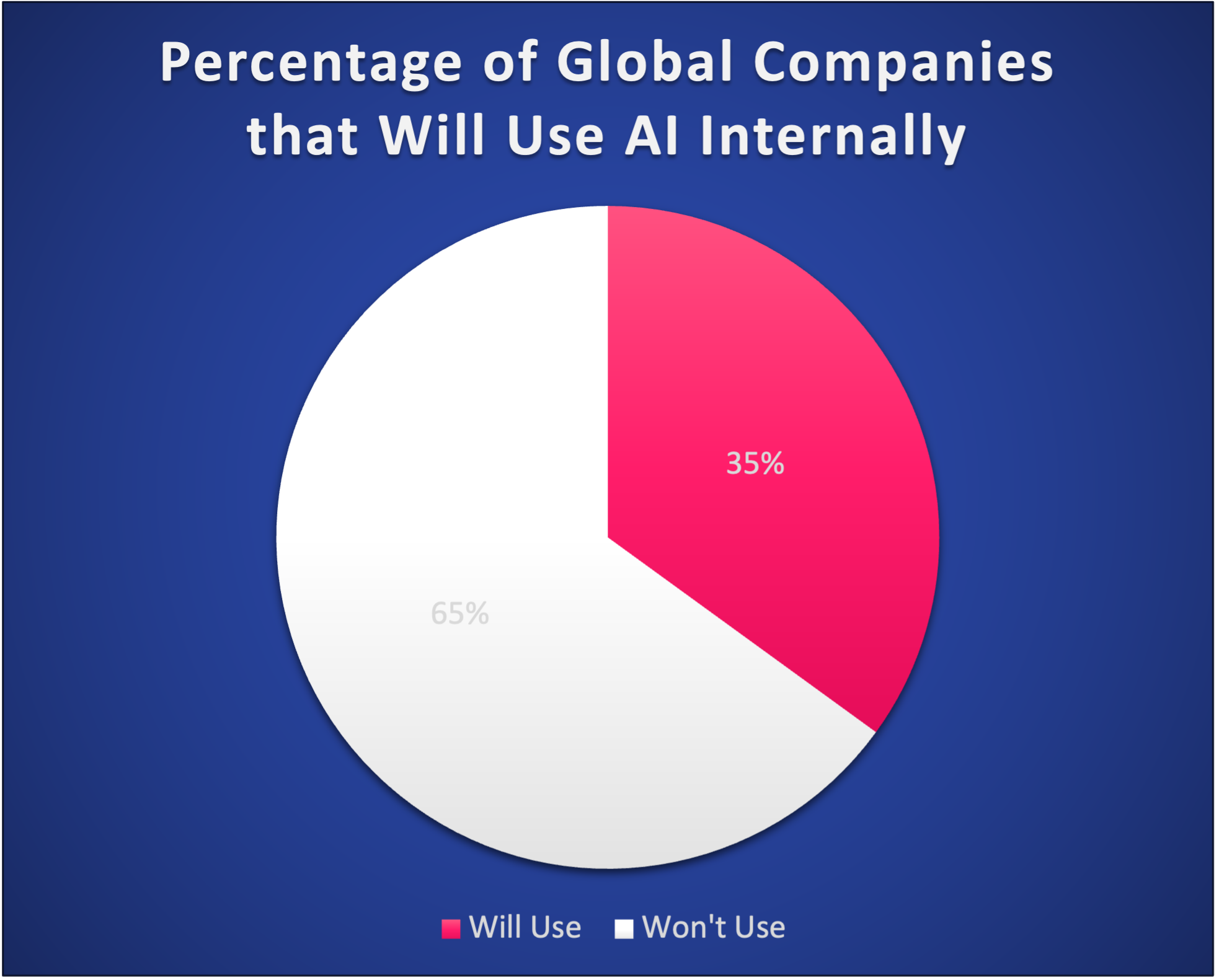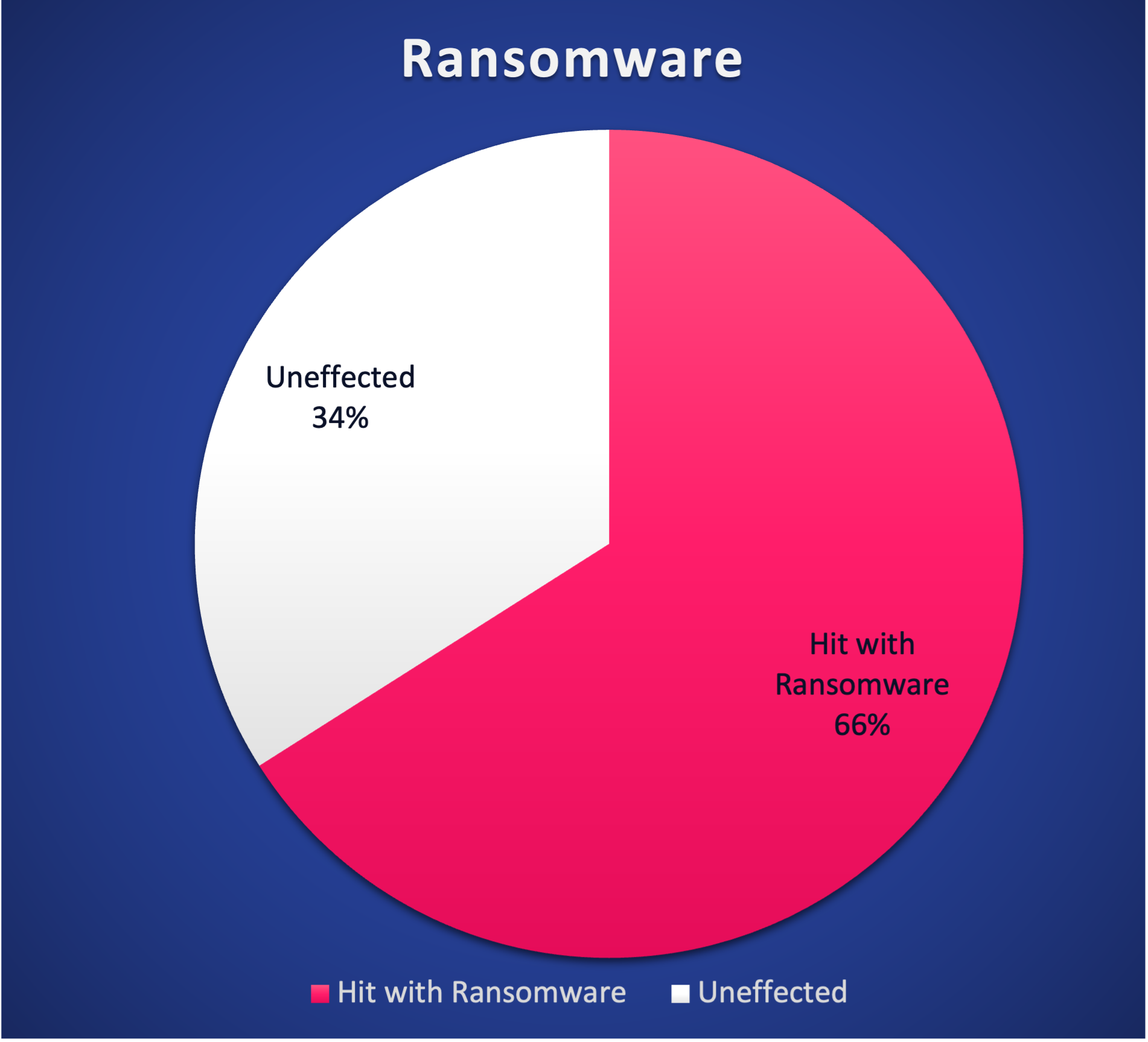Recently, Kellyn Gorman, the Technical Director of Advocacy at Silk sat down for a virtual conversation to share some insights into the dynamic world of artificial intelligence, the critical role of data, and the ever-growing importance of cybersecurity in today’s cloud environment. Below are some key takeaways from her discussion:
Unveiling the AI Landscape
As companies delve into the realm of AI, it’s crucial to understand its intersection with data and the significant impact it has on various sectors. AI is rapidly becoming ubiquitous, infiltrating our products, advertisements, and even our email inboxes. The pace of adoption is staggering, with approximately 42% of companies currently exploring AI, and a projected 50% deploying by the end of 2023—a 110% increase since 2017.

Balancing Value and Security
However, the integration of AI comes with its own set of challenges. A survey reveals that 43% of organizations are concerned about the data management aspects of implementing AI. The pressing question emerges: How can we derive value from AI while ensuring the privacy and security of sensitive data?
AI is particularly prevalent in sectors like customer service and healthcare, where it boasts a 74% inclusion rate. However, the use of personal identifiable information (PII) in AI applications raises legitimate concerns. As our personal data becomes increasingly intertwined with AI, questions about its security and potential misuse become paramount.
The access to data, facilitated by APIs and smart technology in the Internet of Things (IoT), introduces an additional set of concerns. From user input and web scraping to image data collected through sensors and cameras, the ways in which AI can access and utilize our information are diverse and expansive.
The Crucial Role of Data Systems
Moving on to data systems, Kellyn explored the landscape of relational data systems and big data cloud databases in relation to AI. Organizations grapple with decisions about where to store their data securely—whether in cloud databases, data lakes, or traditional relational systems. The challenge is to balance the flexibility of data lakes with the security and control offered by relational systems.
The lifecycle of data from relational systems to data lakes is a journey that organizations are carefully navigating. While data lakes may seem like the destination, concerns about data security, especially regarding PII, prompt some to reconsider. The trend is shifting toward returning data to relational systems for enhanced security, utilizing robust controls and defined access privileges.
AI and Cybersecurity: A Double-Edged Sword
The symbiotic relationship between AI and cybersecurity is undeniable. AI offers advanced threat protection and the ability to monitor patterns that may elude manual detection. However, the power of AI also raises concerns about data quality and the potential for misuse, emphasizing the need for responsible implementation.
Ransomware is a significant concern for organizations, especially in healthcare, and it is on the rise. With 74% of ransomware attacks targeting the healthcare industry, the average cost of a ransom attack is a staggering $1.5 million. This underscores the urgency of implementing effective cybersecurity measures.

Silk: Safeguarding Your Data
In the face of these challenges, Silk emerges as a valuable ally. Silk resides under your storage layer, virtualizing workloads to create snapshots that can then be used should a ransomware attack occur. Silk is an intelligent data platform that can identify common access patterns. If something unusual is occurring inside your storage, Silk can identify it quickly and alert you before the actual attack occurs. The quicker an organization can protect against a ransomware attack, the easier it can minimize the impact and cost of said attack.
Ready to Delve Deeper into the World of AI?
Watch the full conversation with Kellyn to gain a comprehensive understanding of AI, data management, and cybersecurity in today’s dynamic landscape.
Let's Go!

